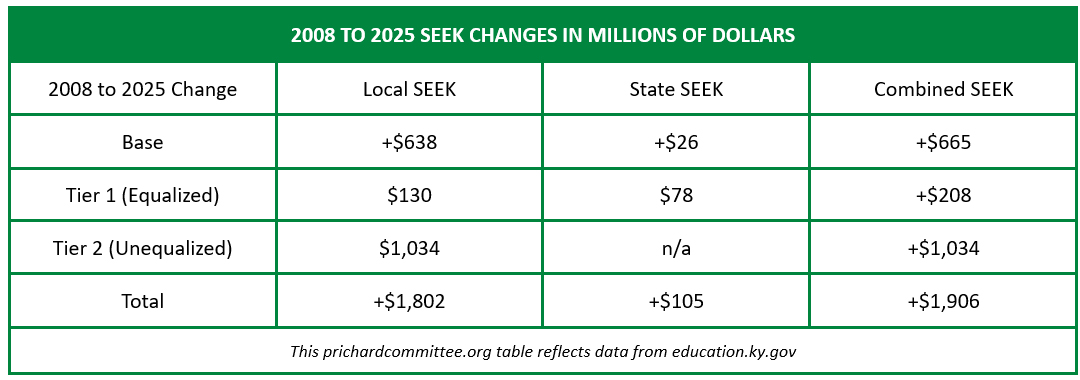“Participation on the state assessment was lower due to COVID-19 and in-person testing requirements. Comparisons with previous years are not appropriate because number of test takers, changes to the assessment, and modified instructional settings.”
That’s what the 2021 Kentucky School Report Card website tells you first when you look for this year’s assessment results. The Department of Education clearly think that’s important, and after studying the data for a while, I agree.
Let’s use elementary reading as an example. Kentucky assesses reading in grades 3, 4, and 5. The key facts are that:
- 140,305 students were enrolled in those grades in our public schools last year
- 124,790 of them participated in the elementary reading assessment
- 88.9% is the resulting participation rate (participants divided by enrolled students)
- 11.1% –the other 15,505– did not participate
One big point that there isn’t state-level information on how those 15,505 students are doing in reading. (May I underline “state-level” for a moment? Classroom teachers observe students as they read and gather evidence that way every day. Many schools also use interim assessments like MAP to get a further look at reading skills. What’s missing is the state assessment data and the easy access community members are used to getting at kyschoolreportcard.com.)
Adding an equity lens, there are definite disproportions in elementary reading, as shown in this chart.

In middle and high school reading, the rates are all lower and the differences are all more severe, as shown in charts at the end of this post. It also looks like the rates are pretty consistently lower in Jefferson County, our largest public school district.
This definitely shapes how I’m thinking about the data on the percent of students who reached proficiency or above in 2021. Those numbers were summarized in Brigitte Blom’s statement this morning [Link: https://prichardcommittee.org/academic-recovery-from-pandemic-will-require-all-hands-on-deck-approach-by-our-communities-families-and-state-leaders/] as well as being available at kyschoolreportcard.com.
First, I read the reporting with caution, now that I understand that many thousands of Kentucky students in the tested grades did not participate. Especially, I’m wary of comparing to past years’ results that assessed more than 95% of students. Those trend comparisons have long been my very first analysis, but this participation issue has changed my approach. That caution is especially strong for thinking about Jefferson results.
Second, I read the numbers with concern: the thousands who didn’t participate may be struggling more than those who did. For example, they may include many of the students who found virtual learning especially hard, whether the issue was broadband access, sharing devices with siblings, being responsible for sibling care, or some quite different challenge.
Third, I remember the thing I said earlier: these results are not the main way educators or families or students themselves work out how the learning is going. Every day in the classroom provides evidence on that: evidence that’s more timely and more nuanced than the test scores will ever be, and evidence that can be used for effective responses in the next hour, next day, and next week.
Finally, though, things get simple again:
- We’re working to provide every learner with the right resources to move forward: resources that include relationships and opportunities as well as supplies and facilities and funding.
- The 2021 results tell us firmly that we need to invest to equip our rising generation. Creating a big bold future will require more than we have invested before and more than we expected before the pandemic: more of our energy and attention and innovation, as well as more of our dollars.
- Whether we’re thinking about the students with no scores, the students with low scores, or the students whose better scores don’t indicate much about their depth of understanding or capacity to put knowledge to work, the last two years have added dramatically to the challenges we must meet.
It’s time to show up for the big new work. It’s time for all hands on deck.














